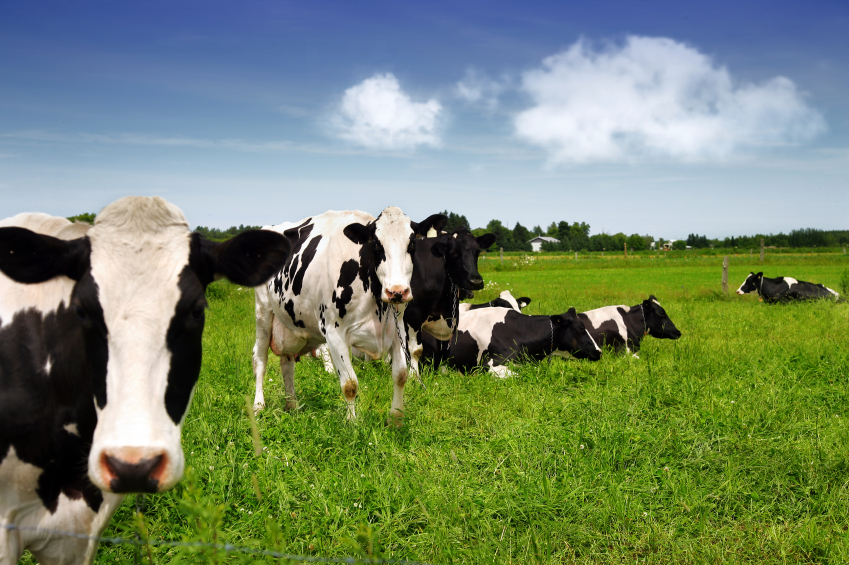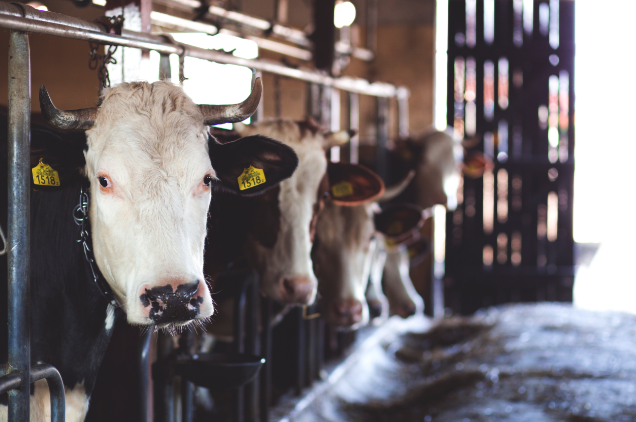
This is the finding of a new study by scientists from Michigan State University that was published in the Agricultural Systems journal. After evaluating adaptive multi-paddock (AMP) grass-fed operations and grain-fed, feedlot ones, they concluded that AMP grazing has the potential to offset greenhouse gas emissions, while the end phase of beef production can actually be a net carbon sink. They reached their conclusion by reviewing past studies and carrying out new research over the course of four years at their Lake Station AgBioResearch Center using herds of more than 200 steers.
They looked at statistics from the finishing phase, including daily weight gain and carcass weight, and compared it to the carbon dioxide, methane and nitrous oxide from fermentation and digestion, feed production, farm energy use and manure storage. They also assessed the carbon losses that arose from soil erosion.
With AMP grazing, cattle can graze in high-density areas before allowing for plant recovery, creating a deeper and healthier root system while building organic matter in soil that can absorb available moisture. They did find that the feedlot model was more productive, however, which is why it seems to be the preferred method for profit-minded cattle farmers.
Grass-fed beef is more nutritious than grain-fed beef
Grass-fed beef is a far healthier food than the grain-fed varieties. It contains conjugated linoleic acid, or CLA, a type of fatty acid that has many benefits for your health. It helps you maintain low body fat levels and conserve muscle tissue, improving body composition. It’s believed that grass-fed cows can have as much as five times the amount of CLA that grain-fed cows offer.
Grass-fed animals also contain higher amounts of omega-3 than those that are fed grain. In fact, 60 percent of grass’s fat content is made up of omega 3. A recent study published in the Journal of Clinical Lipidology found that consuming foods that are rich in omega 3 can reduce your risk of death by as much as 33 percent. They’ve also been shown to help prevent anxiety and depression, promote brain growth in infants, boost eye health, support skin health, and fight the chronic inflammation that can contribute to problems like cancer and heart disease. You can only get omega 3s from your diet because your body doesn’t produce them, and many people overlook grass-fed beef as a source of this powerhouse nutrient.
Contrast this to factory-farmed beef with its antibiotics and growth hormones, and the best way to go is clear. It’s the practices used to raise them that give beef a bad name; the organic, grass-fed varieties can actually be very nutritious while also being far more environmentally-friendly.
Sources for this article include:
Please contact us for more information.























